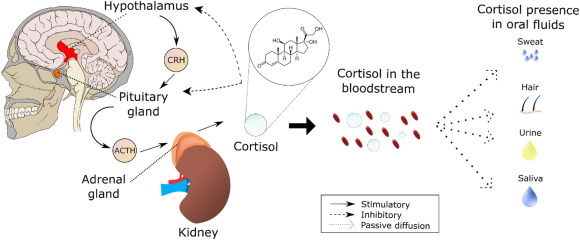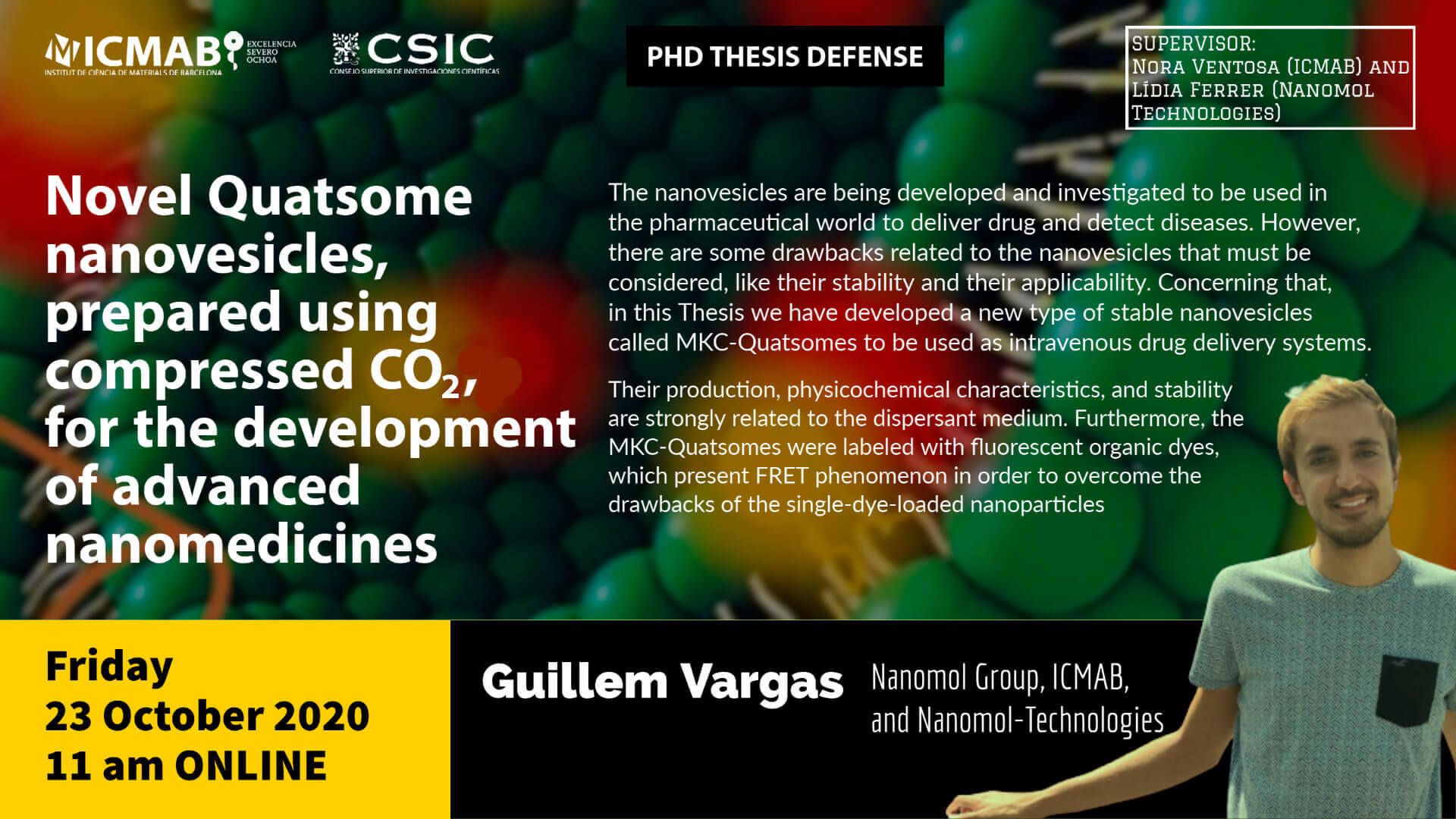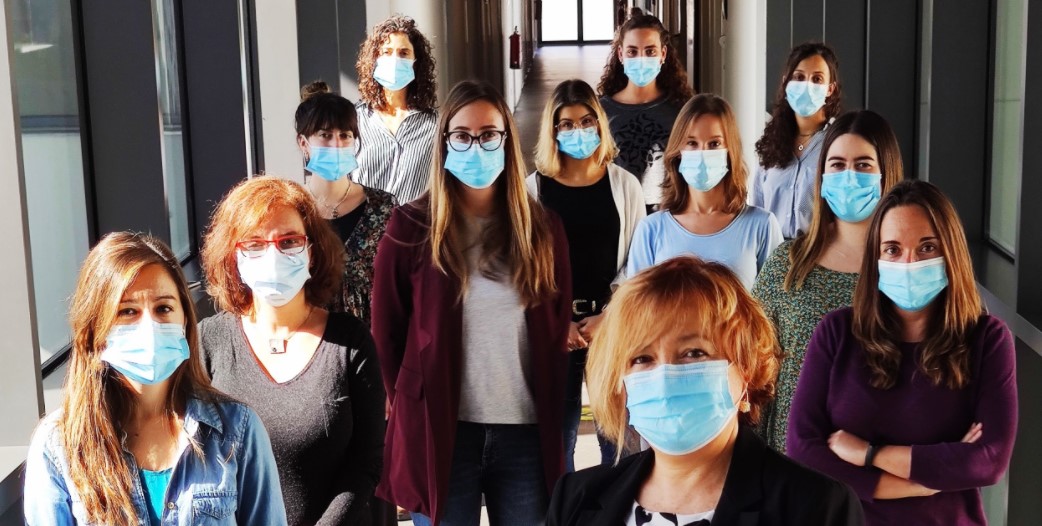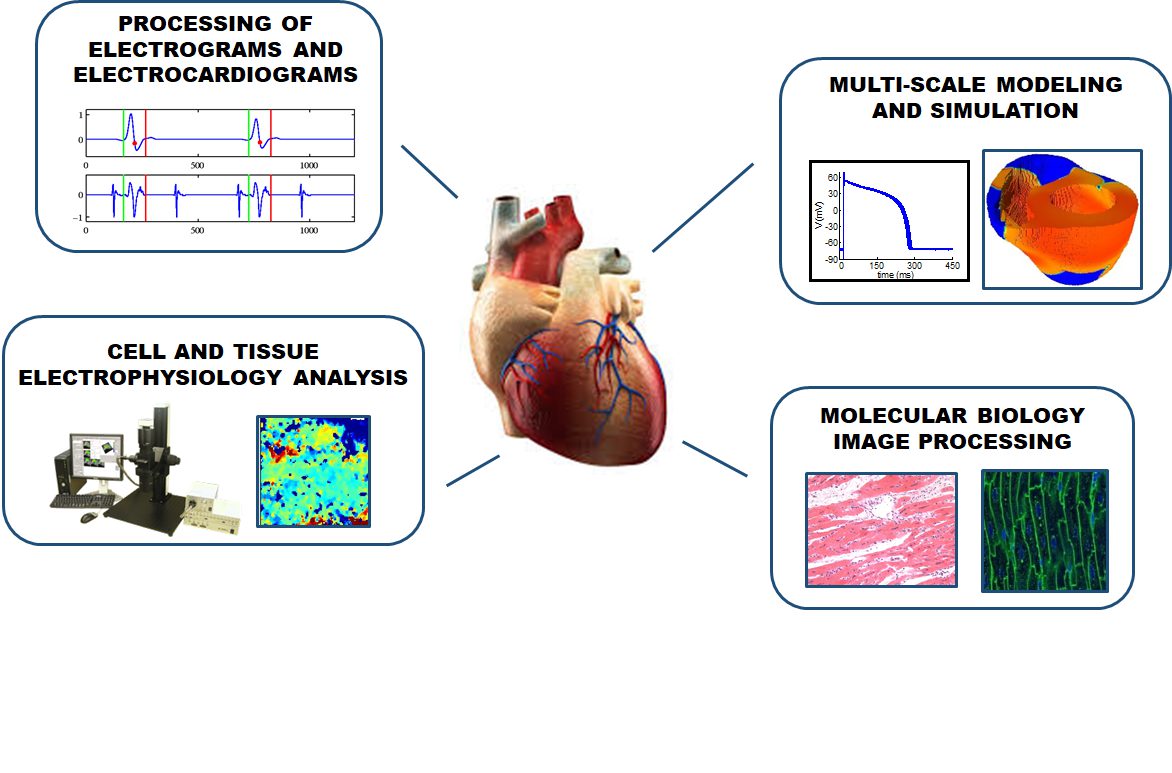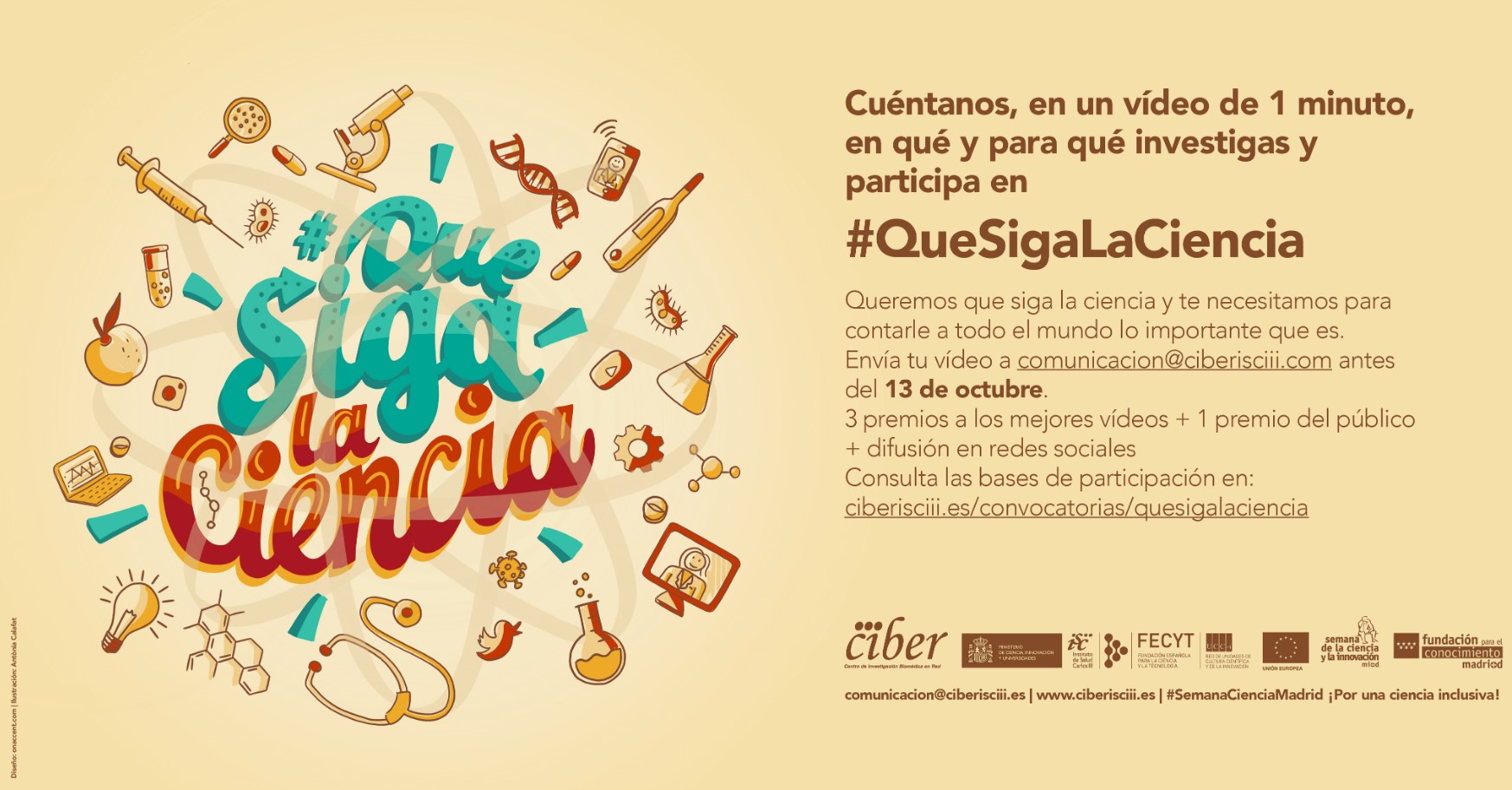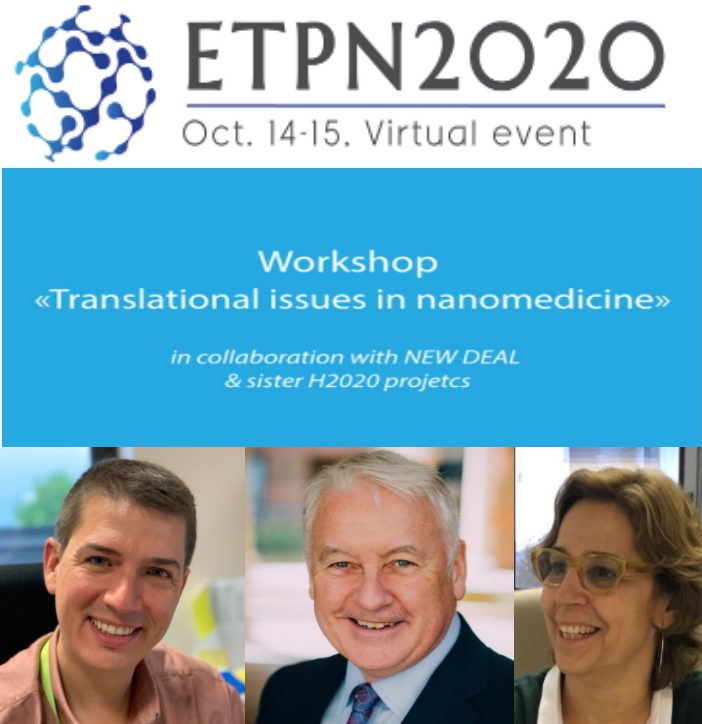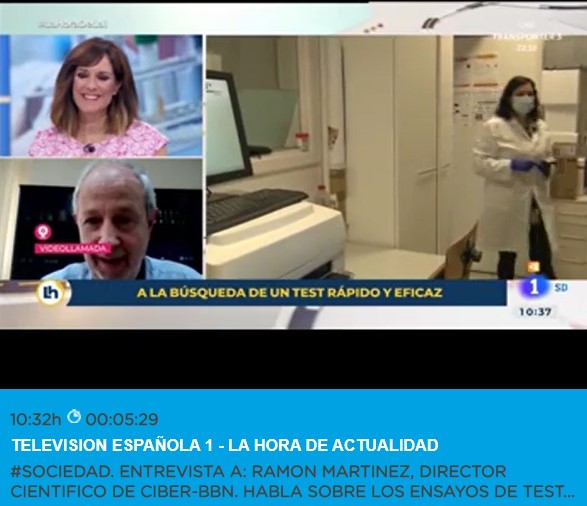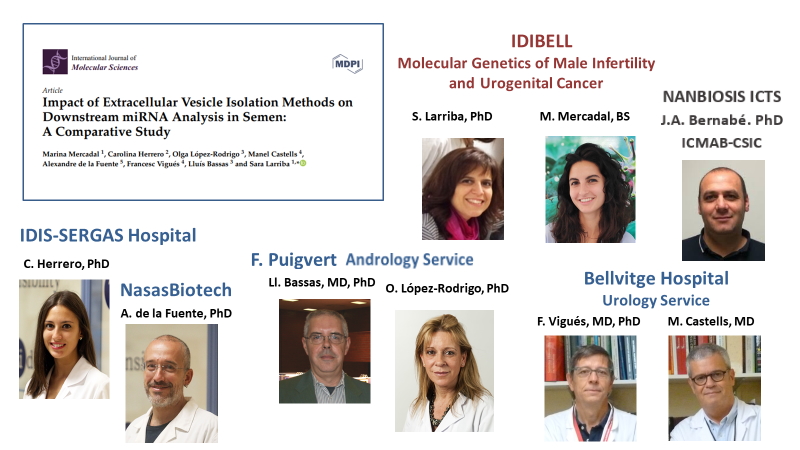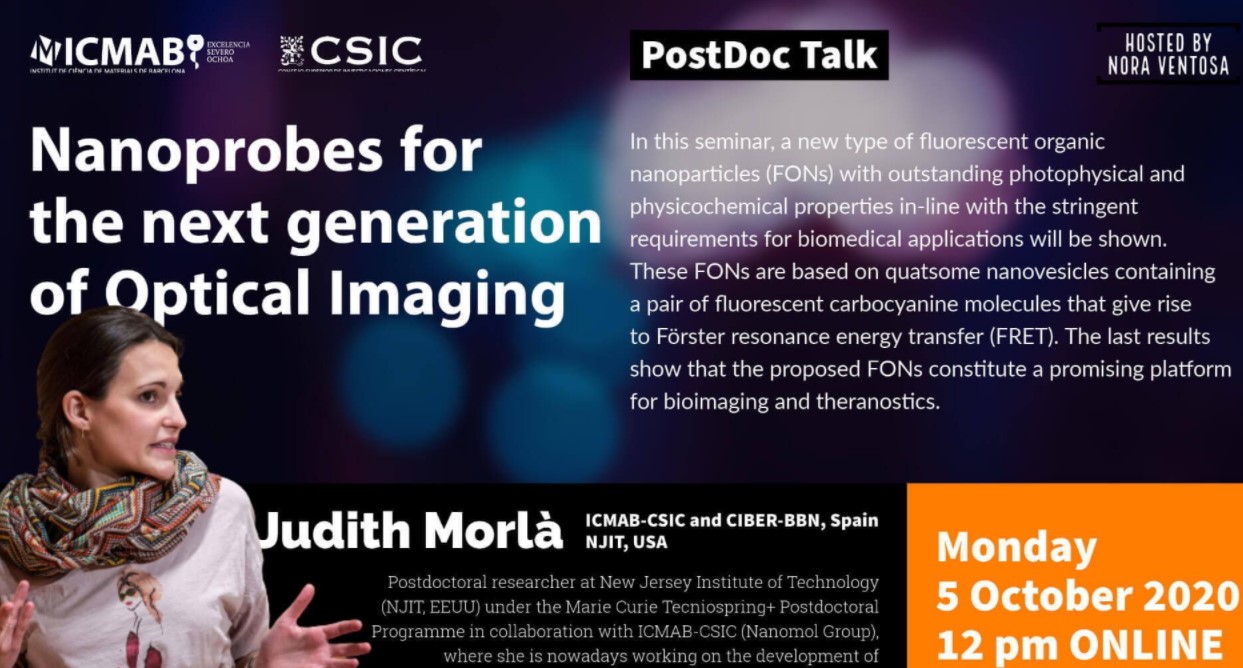Electrochemical sensors for cortisol detections: Almost there
Researchers of NANBIOSIS Unit 8 Micro– Nano Technology Unit at the Microelectronic Institute of Barcelona, (of IMB-CNM, CSIC / CIBER-BBN) has recently published a review in the TrAC Trends in Analytical Chemistry entitled “Electrochemical sensors for cortisol detections: Almost there” highlighting:
- Overview of electrochemical techniques for cortisol detection published in the last five years.
- Recent advances in cortisol detection by electrochemical immunoassays.
- Potential of biosensing techniques for cortisol detection in biological matrices.
- Importance of cortisol quantification for clinical applications.
Abstract
Mostly known as “the stress hormone”, cortisol has many essential functions in humans due to its involvement in regulation of blood pressure, immune system, metabolism of protein, carbohydrate, adipose, and anti-inflammatory action. Since a right cortisol balance is essential for human health, many efforts are currently being made to monitor the cortisol level in the human body. Cortisol levels are usually monitored in blood, plasma, serum, oral fluid, sweat, and hair samples through immunochemical and analytical methods, but in the last decade, electrochemical measurements are proving to be reliable techniques for cortisol quantification in biological matrices with the advantages of a fast response by portable and wearable devices. This review gathers the most recent developments and works on electrochemical sensors for cortisol detection, highlighting their high technology maturity and potential for clinical applications.
Article of reference:
Miguel Zea,Francesca G. Bellagambi,Hamdi Ben Halima,Nadia Zine,Nicole Jaffrezic-Renault,Rosa Villa,Gemma Gabriel,Abdelhamid Errachid; Electrochemical sensors for cortisol detections: Almost there, TrAC Trends in Analytical Chemistry, Volume 132, November 2020, 116058. https://doi.org/10.1016/j.trac.2020.116058
